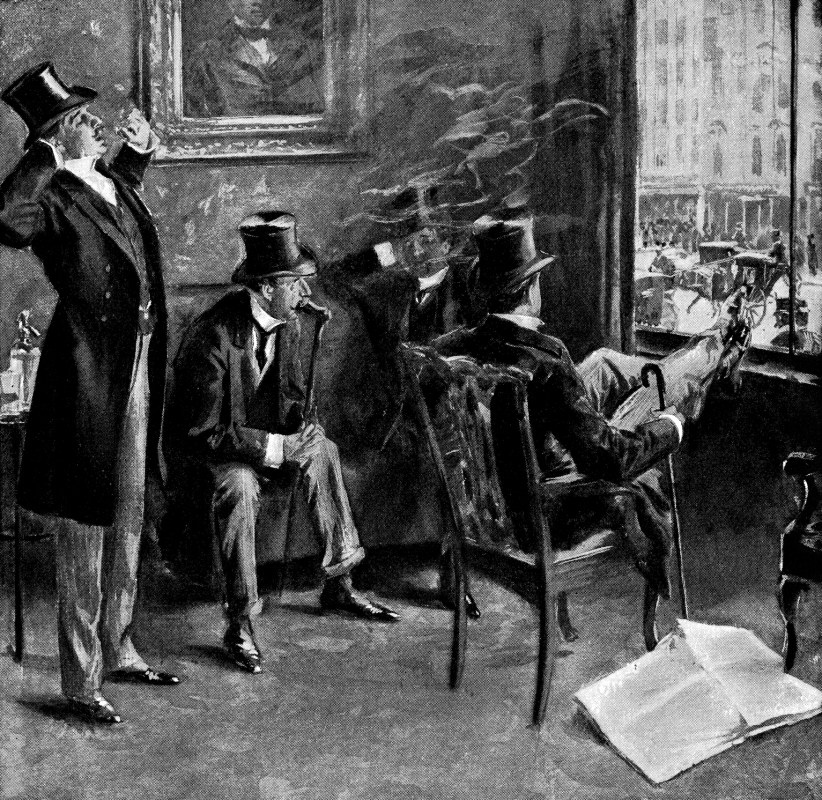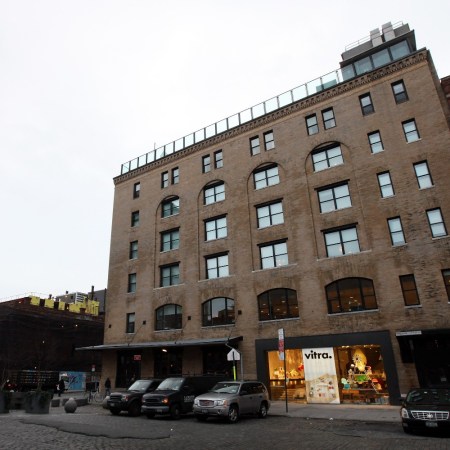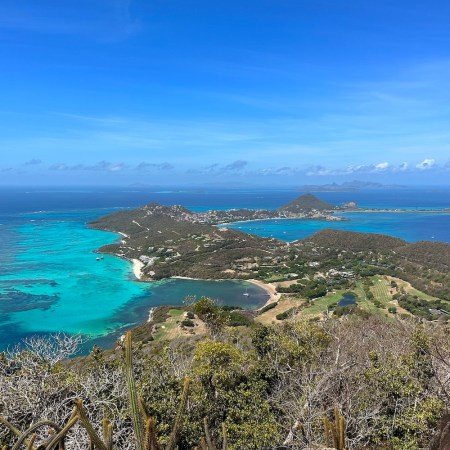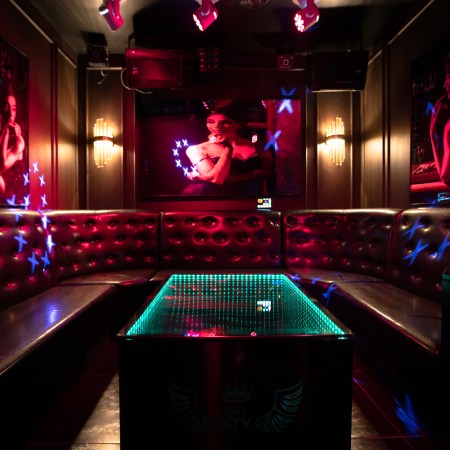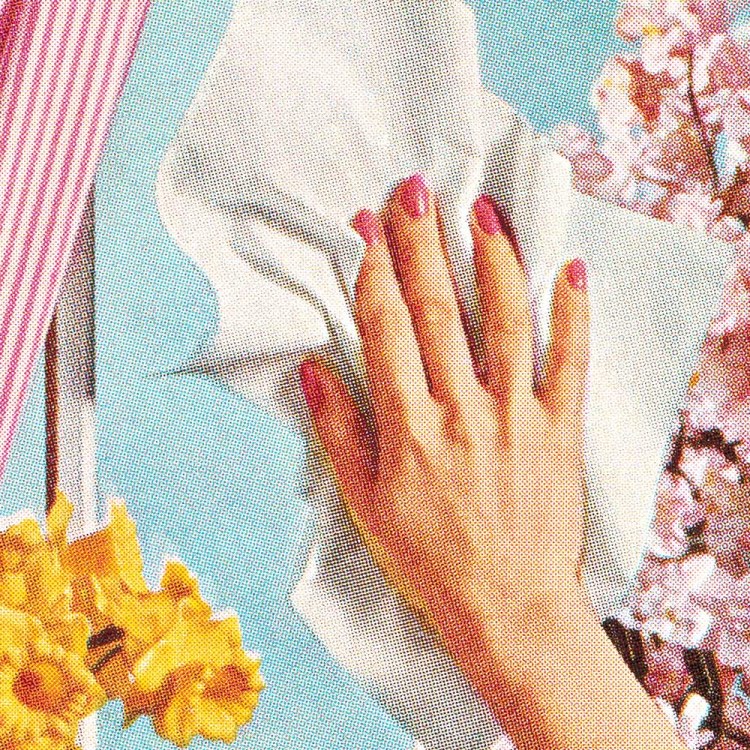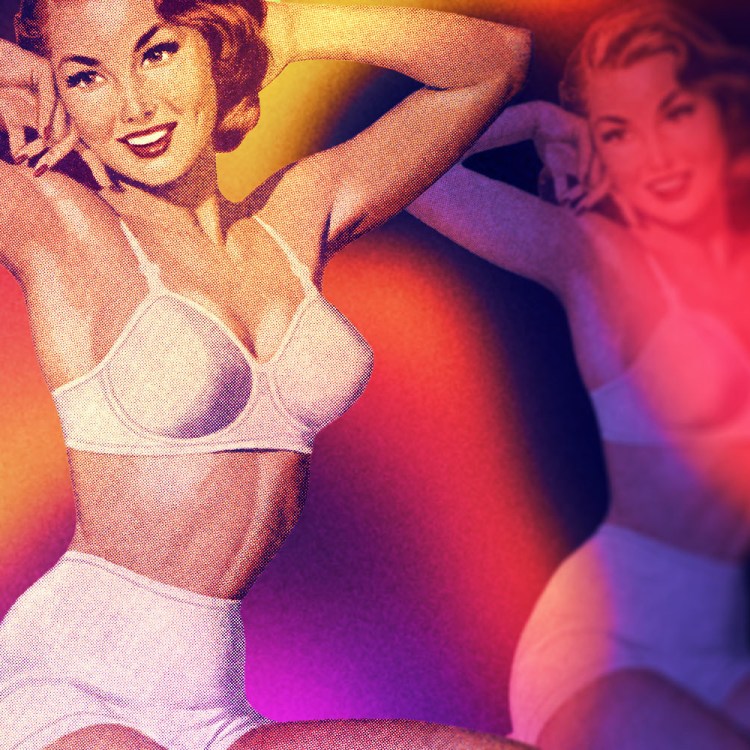When it comes to members-only clubs, much like everywhere else in the world, money helps.
But it’s not the only way to get in.
Sometimes it takes pedigree. Other times a vocation. Hell, sometimes you just need to be in the right place at the right time.
To help you get the ball rolling, we’ve put together the essential guide to NY’s private social clubs.
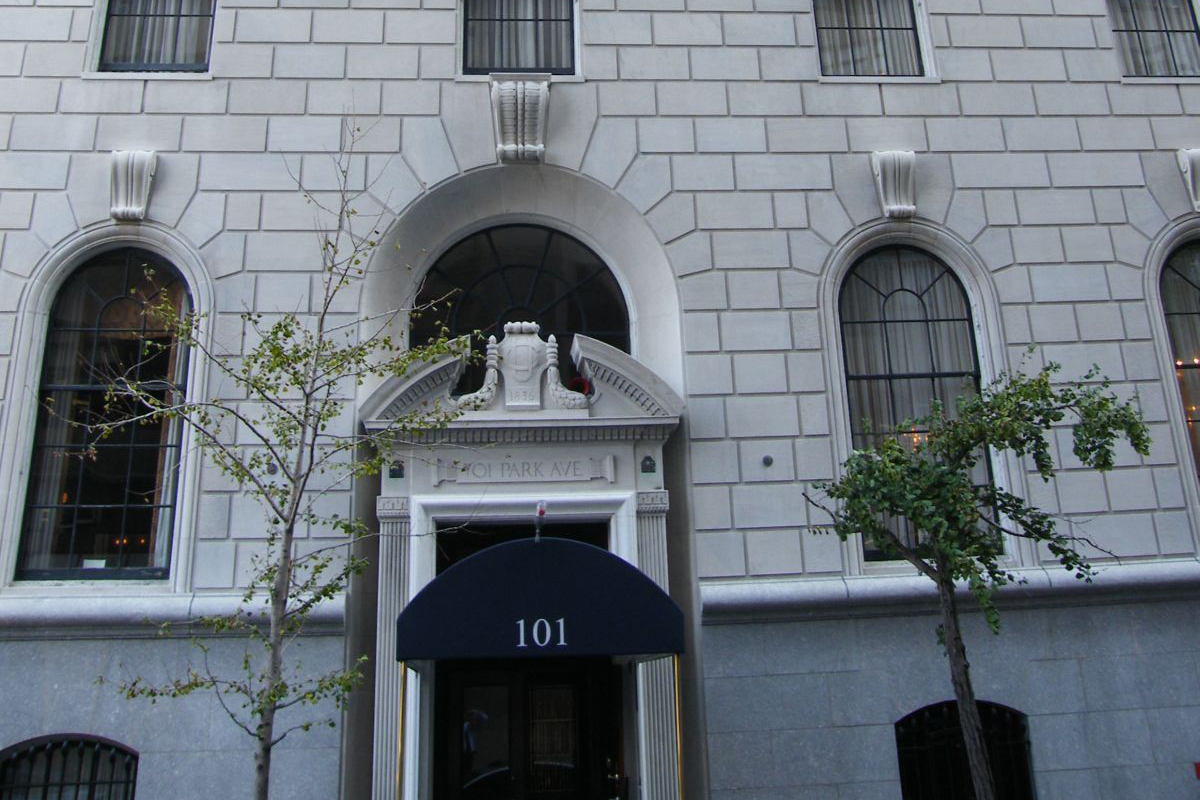
The Union Club
The oldest club in the city and the third oldest in the nation. The landmarked stop-you-in-your-tracks building at 69th and Park boasts a humidor with $100k cigars, squash courts and a backgammon room, with dues said to run about $5k per year. Previous members of note include Winston Churchill, Ulysses S. Grant and Dwight Eisenhower. Note: slants ultra-conservative.
How to get in: Name William Randolph Hearst as a blood relative.
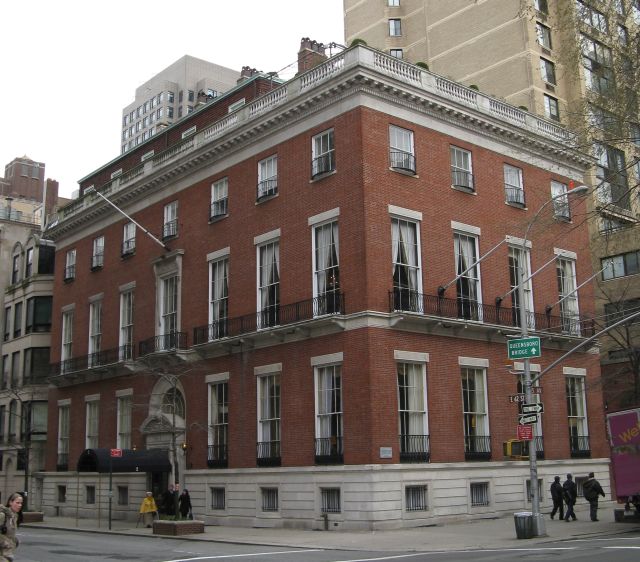
The Knickerbocker Club
The arch nemesis of the Union Club, “The Knick” was founded as an alternative to the Union’s reputed lax standards in the late 1800s. They name J.P. Morgan, F.D.R. and David Rockefeller among previous influential members. Beyond that, not much is known. So exclusive they don’t even have a website, and tout a Fight Club-esque policy to divulge “no information at all.”
How to get in: Have a Roman numeral after your name and some dirt on a Union Club member.
The Explorers Club
What do the moon, the North Pole, the South Pole and Mt. Everest have in common? They’ve all sported Explorers Club flags. Their taxidermy-positive UES clubhouse has been home to adventurous members like Charles Lindbergh, Buzz Aldrin and Chuck Yeager. A hub for modern-day pioneers that hosts academic lectures, sponsors expedition grants for both youth and professional research, and throws lavish dinner parties with exotic delicacies. One of which, in 1951, included bits of preserved woolly mammoth meat.
How to get in: You don’t need to be Neil Armstrong, but having his constitution is a plus. Graduate or postgrad fieldwork and/or volunteering on expeditions is a good place to start.
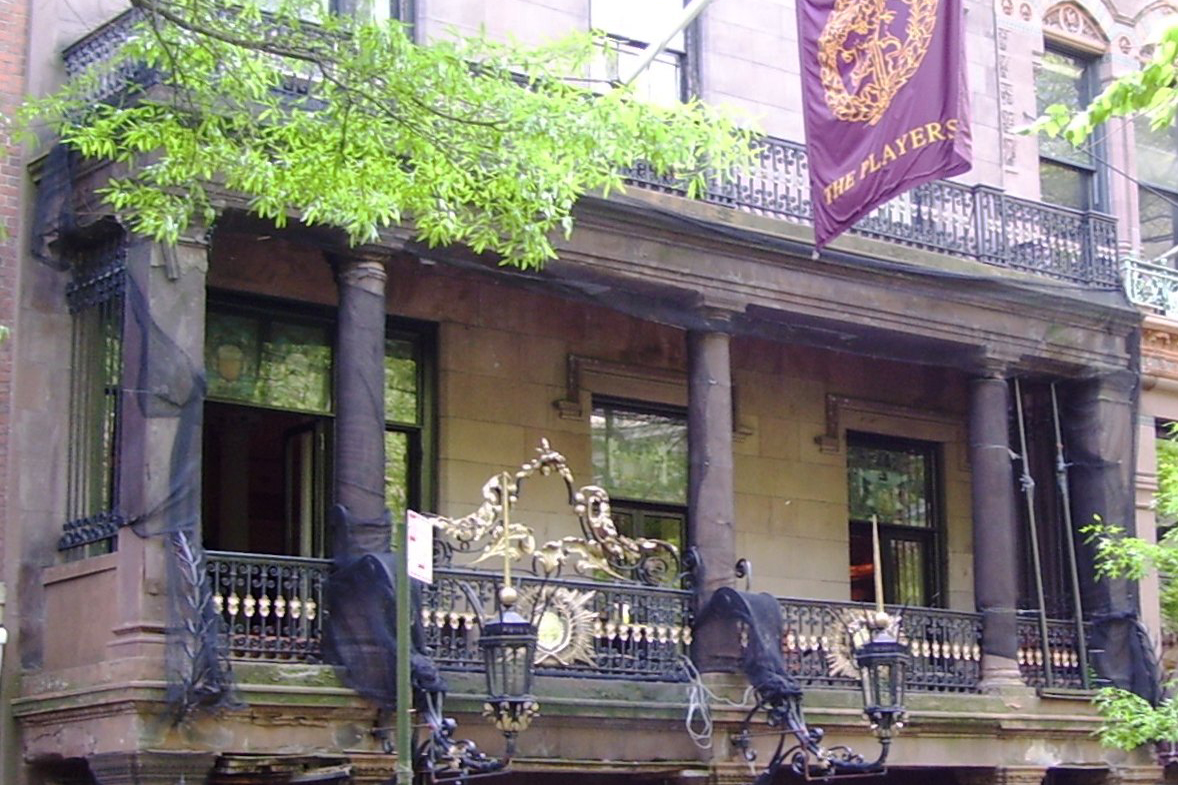
The Players Club
In 1888, Edwin Booth, a creative struggling to find acceptance from NY’s elite social clubs, was intent on creating a space where artists and theater actors could elevate their status as socially dignitaries. One of the more eclectic clubs, the four-story showstopper hosts a slew of artifacts, from Mark Twain’s pool cue hanging above the fireplace to Booth’s bedroom — still fully intact with tobacco-soaked walls and the actual skull from Hamlet’s famous soliloquy. The smoking jackets and cigar nights are long gone, but membership means running into Jimmy Fallon, theater talks, a handsome library and a coveted key to Gramercy Park.
How to get in: Having a creative streak doesn’t hurt, but an interest in liberal arts will be considered. And knowing the right person is key, as you’ll need a Proposer and a Seconder to get the ball rolling.
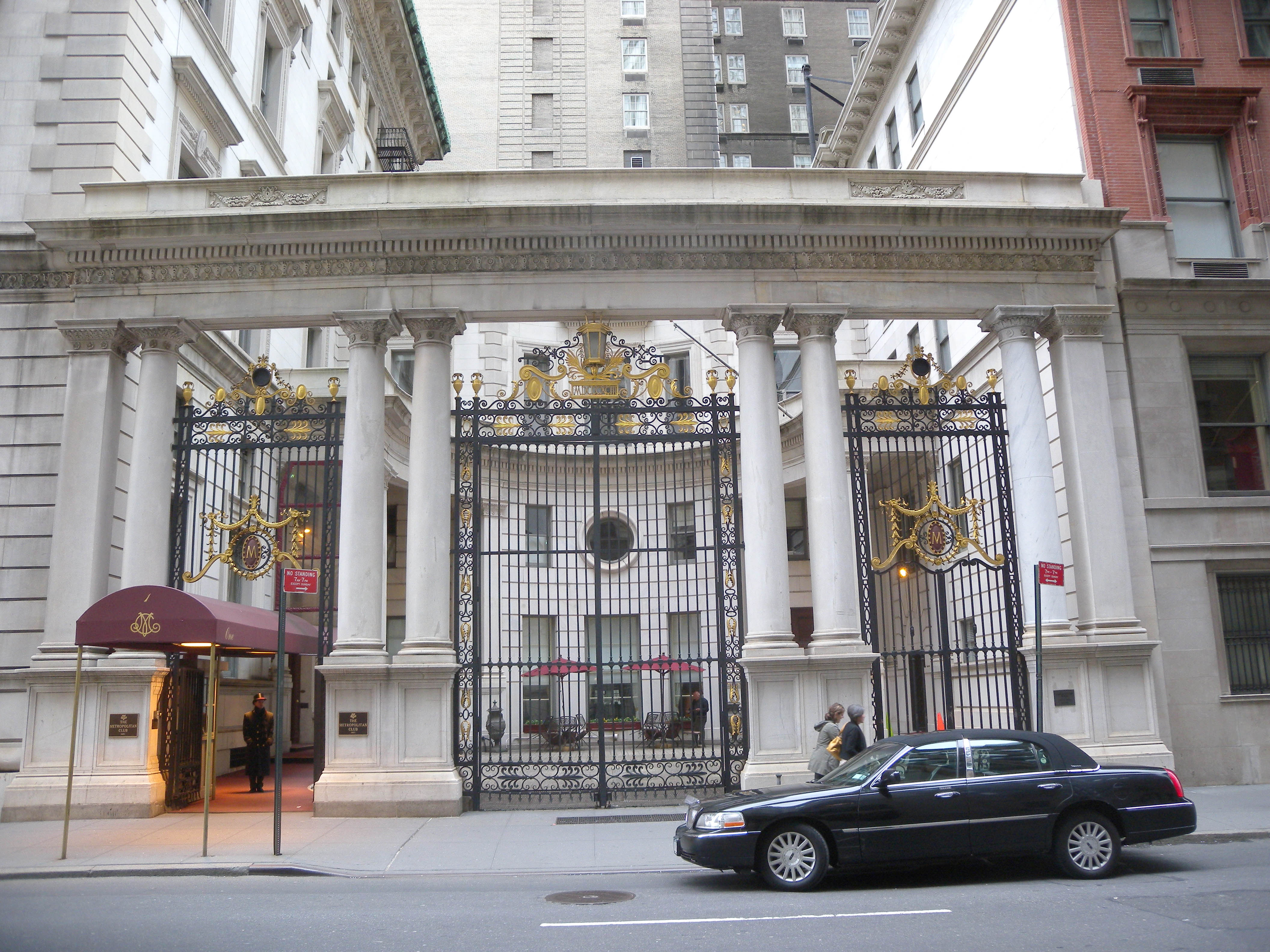
The Metropolitan Club
J.P. Morgan was peeved when the Union Club turned away some of his new-money buddies, and thus the Metropolitan Club was born. What began as a $5,000 buy-in from each member — including the Vanderbilts — is now a clubhouse worth an estimated $48 million plus. A strict jacket-and-tie dress code is enforced — no turtlenecks, no ascots. And no cell phones, save in private overnight quarters.
How to get in: Not going to mince words here: you’ll need a heap of Benjamins or whatever bill is larger.
The National Arts Club
Alongside the Players on club row, the NAC lists Presidents Roosevelt, Wilson and Eisenhower as previous members, as well as an impressive roster of architects, artists, painters, sculptors and assorted romantics. The mission: “To stimulate, foster and promote public interest in the arts and educate the American people in the fine arts.” The calendar is stocked with rotating exhibitions, classes in French, drawing, dancing and high-class honorary soireés.
How to get in: Stamped as invite-only, volunteering in the arts, “supporting the arts” and/or a grand letter of interest have been known to get a foot in the door.
Soho House
America’s by-way-of-London club hosts a a contemporary crowd from the fashion, entertainment and, shall we say, networking industries. There are hotel rooms for visiting guests, access to sister clubs scattered all over the world, a coveted summer rooftop pool, screening rooms and a damn fine restaurant and spa.
How to get in: Now is an opportune time, as NY’s second iteration, the Ludlow House, is in the works. Not iron-clad, but still adhering to a “What can you bring to the table?” filter. Apply for consideration here. The recommendation for acceptance: be cool and connected.
The Norwood Club
Norwood is like a cross-training hub for the arts. Much like the Edwin Booths of yore, founder Alan Linn — formerly a member of London members-only club Blacks — sought to establish “something different.” With the bohemian Norwood, he created a space where creatives from all walks — architects, artists, musicians, designers and art collectors — can hash out their next collaboration.
How to get in: Linn’s primary advice for applying members is to “be curious.” But the club does curate from various disciplines, meaning you could pick up a paintbrush and start creating art or simply start buying it in a big way. Be prepared to answer questions like “What is your most satisfying accomplishment?”
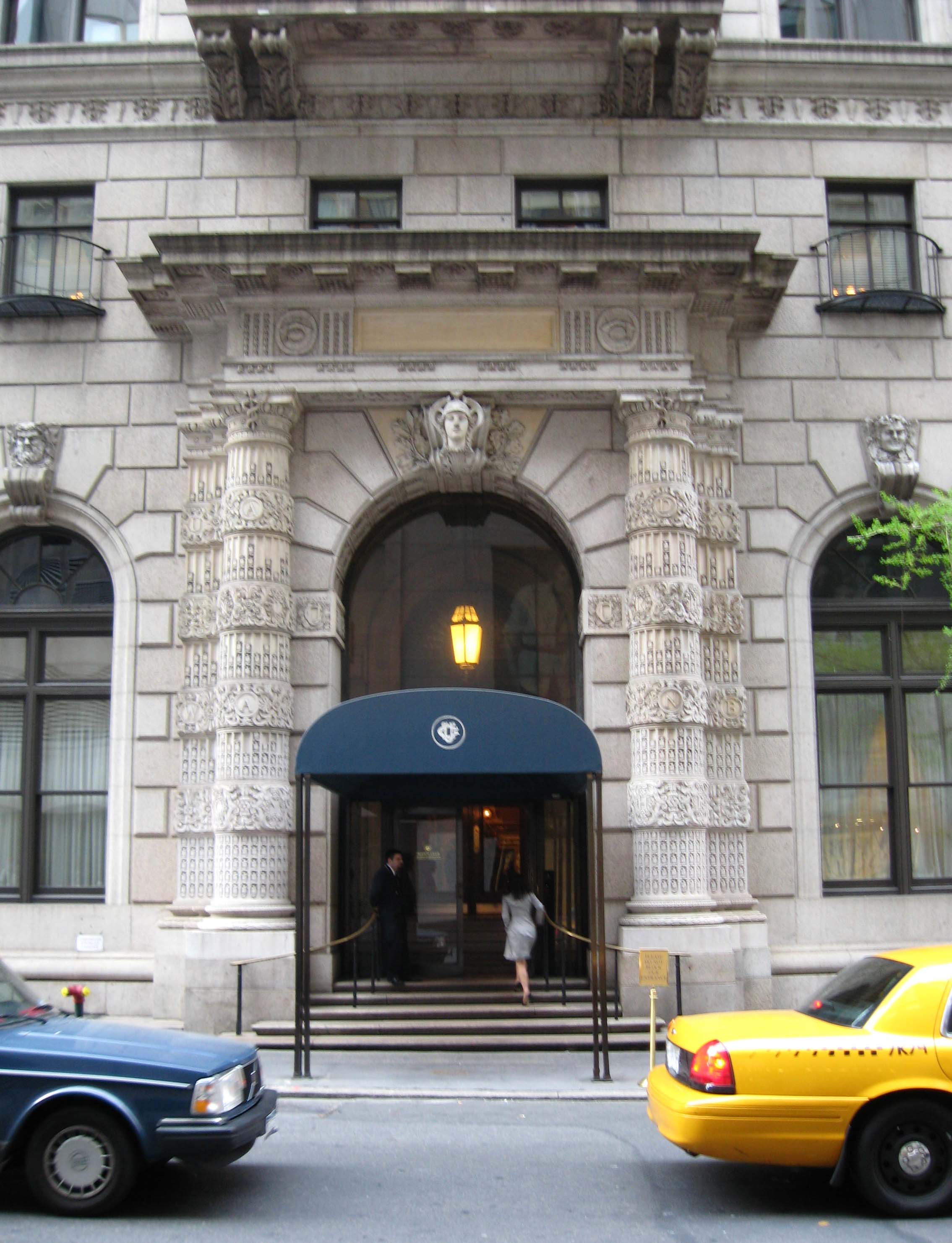
The University Club
Still an old-money vanguard sticking out sore among Fifth Avenue’s luxury retailers, the UC releases little information. The club is stacked with squash courts and a fine wine cellar and most definitely a swimming pool, as evidenced by the wafting chlorine that greets you when you pass by.
How to get in: Unlike the Yale and Harvard Clubs founded in the same era, the University Club does not hinge on one’s collegiate history. Well, not at one specific institution, at least. But we wouldn’t rule out Ivy league as a formidable requirement. Guests of members are allowed for overnight stays. Should you know someone, it’s the only way to sneak a peek.
Parlor NYC
Another new-ish-comer built for the young professional. The focus is conducive to networking, with an intimate, sleek nook-and-cranny lounge and nightly dinners. Good if you’re consistently hosting clients who wish to nosh, talk turkey and hit the nightlife scene after. Much hipper than the university set, Parlor holds salon talks and hosts DJ sets.
How to get in: Seek out an invite to one of their social evenings. Then, prove you’re hip and put a credit card down.
This article was featured in the InsideHook NY newsletter. Sign up now for more from all five boroughs.
